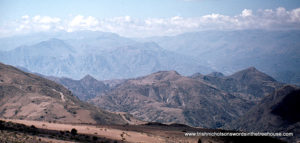
As I did for earlier photo-essays, on Egypt and Africa and on Central Asia, I have selected images of scenes and places from my own travels that have probably changed little since the early 1900s when two of my ‘passionate travellers’ made their extraordinary journeys in South America.
Harriet Chalmers Adams from California, who later became a journalist and travelled all over the world, began her travels in 1904 in Peru and Bolivia.
French scientist, Octavie Coudreau, surveyed and charted remote tributaries of the Amazon River in north east Brazil between 1894 and 1906, initially with her husband, continuing the work alone after he died in her arms while exploring the river.
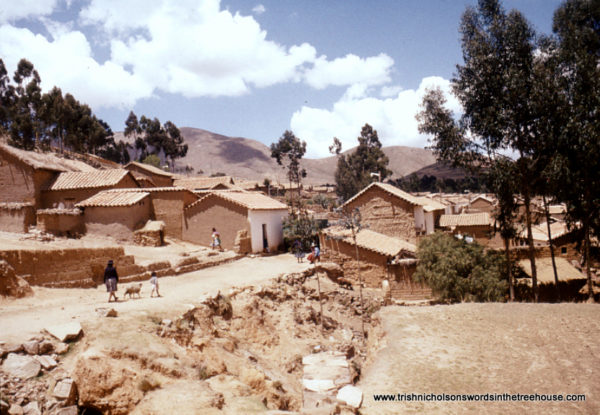

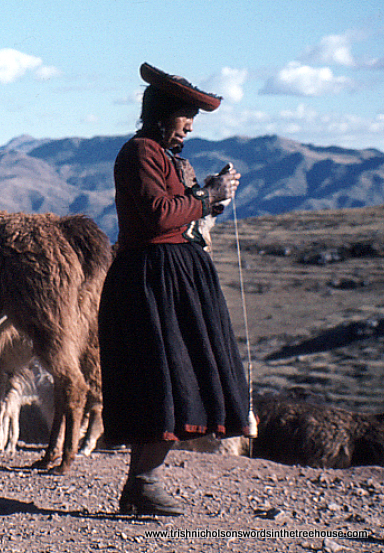
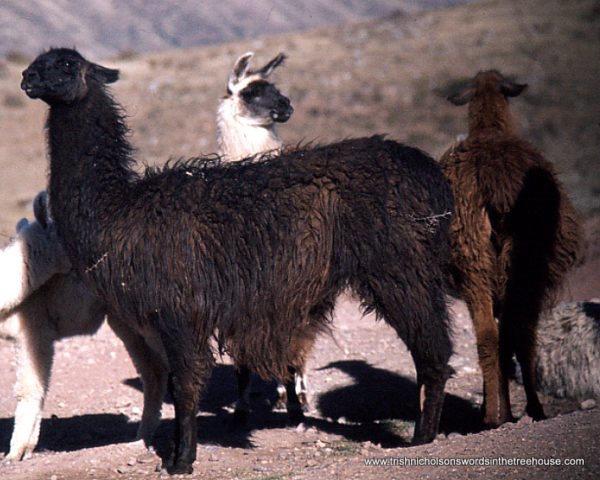

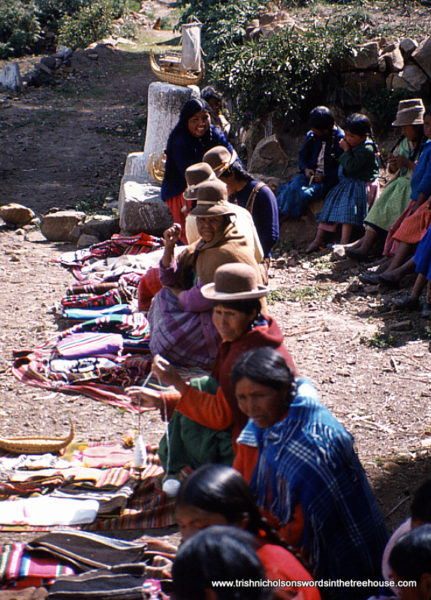

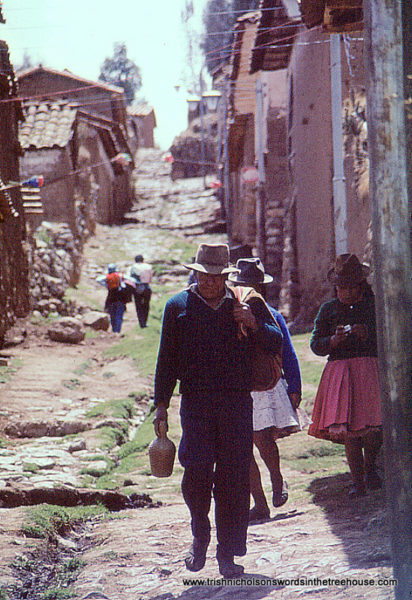
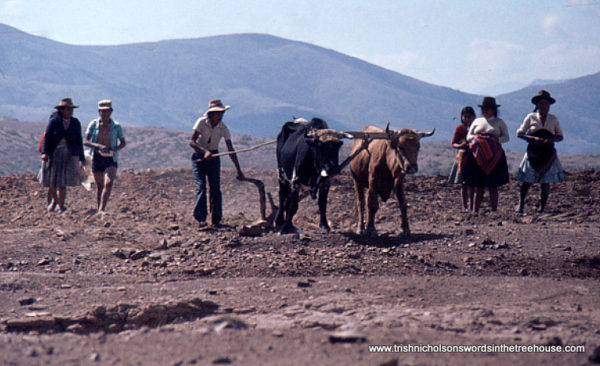
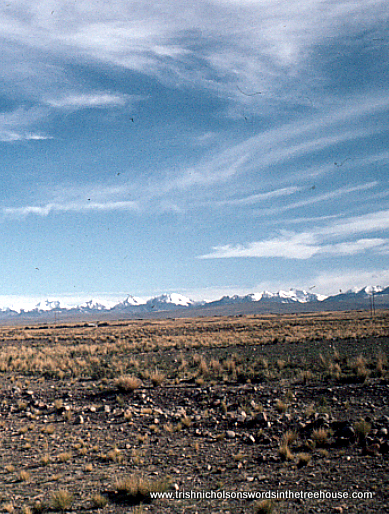
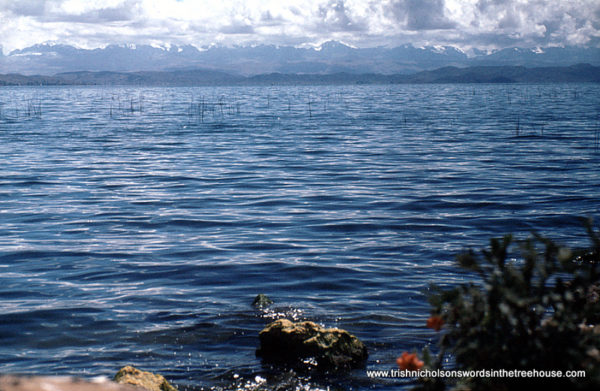
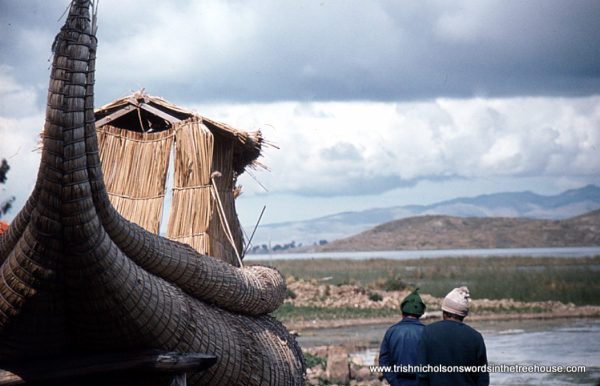
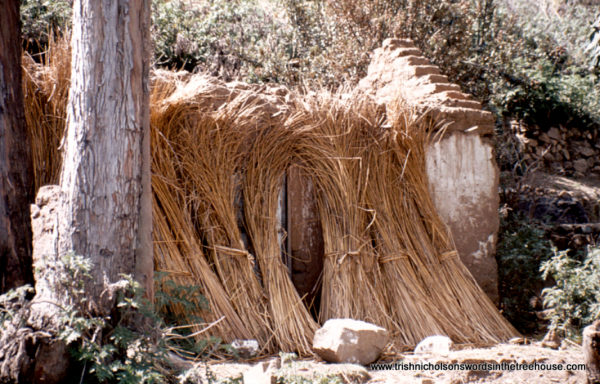
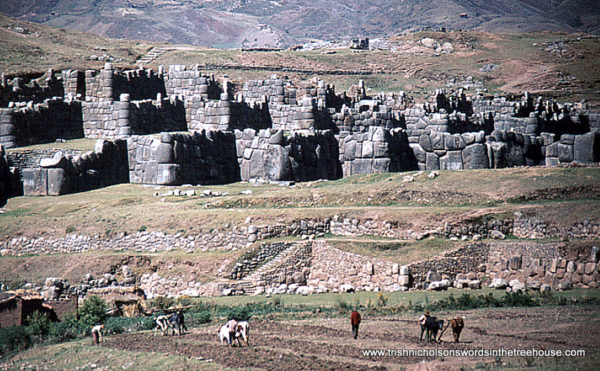
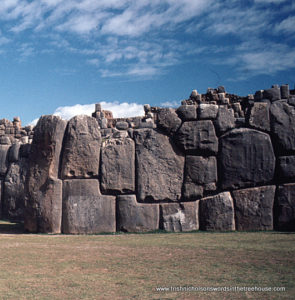
This is more than Harriet Chalmers Adams would have seen: the old citadel had been ravaged by Spanish colonisers for building stone and then covered over with earth; it was still in that state in 1904. The first archaeological investigation of the site began in 1934, and new finds of an associated temple complex were excavated from 2007. But we can have a closer look at the Inca’s amazing construction methods.
Harriet made one excursion east, through the Cordillera Oriental to the edges of the Amazon Basin, the yungas, where her husband’s company operated gold mines and rubber stations, but the real challenges of the Amazon were faced by Octavie Coudreau in the north and eastern parts of Brazil.
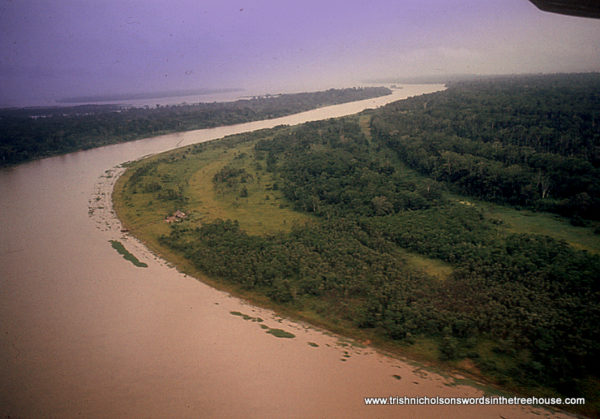
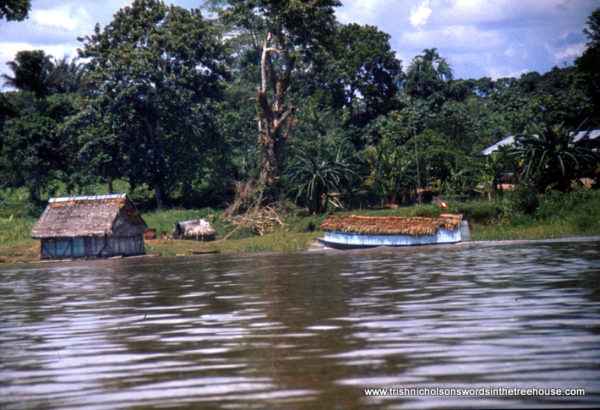


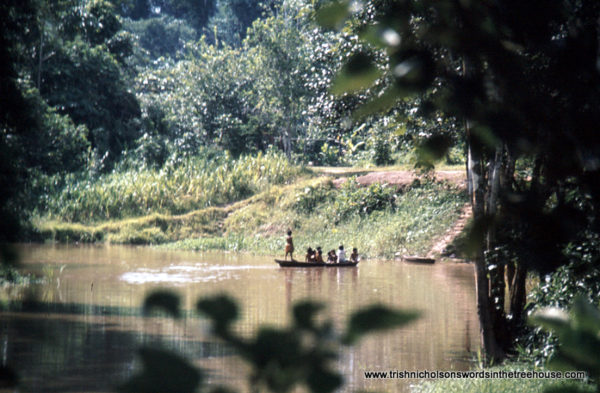
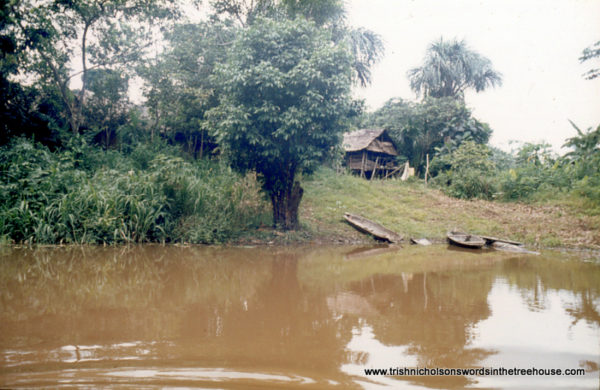


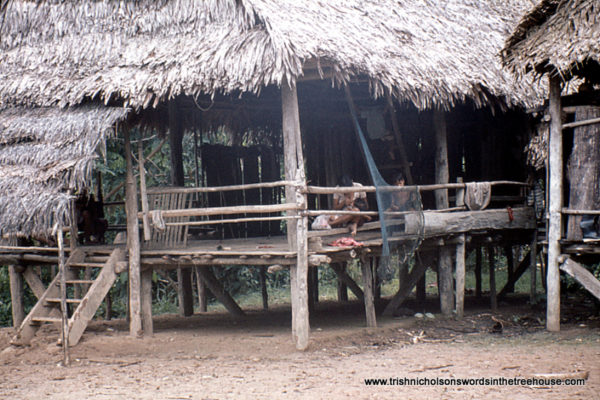
[These photographs of the Xingu River area were taken in 1981, before the massive dam-building programmes began in Brazil. Work started on the the mega Belo Monte dam near Altamira on the Xingu in 2011 and is still being completed, although parts of it have been operational since 2016, displacing some 30,000 people, and damaging 1,500 sq km of Amazon forest and river systems.]
“I have become a captive of this savage life which I love, and have permitted it to take possession of all my soul and all my will … I neither love nor understand anything except my virgin forest.” [Marie Octavie Coudreau 1903]
You will find the stories of Harriet Chalmers Adams and of Octavie Coudreau in Passionate Travellers: Around the World on 21 Incredible Journeys in History (Also available as an eBook from all main digital suppliers.)
